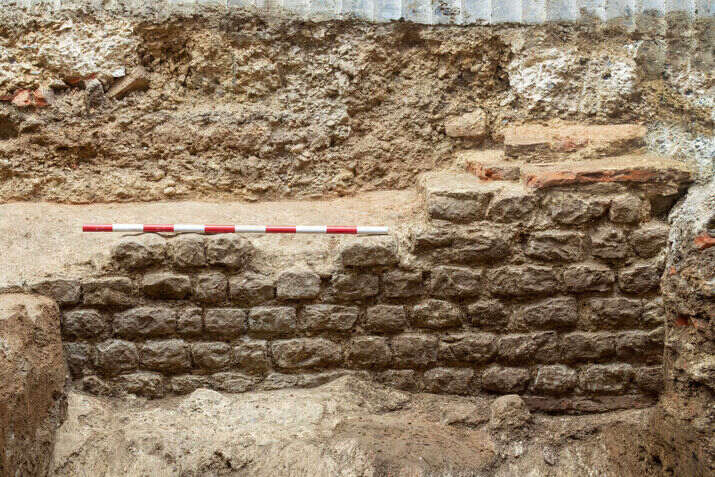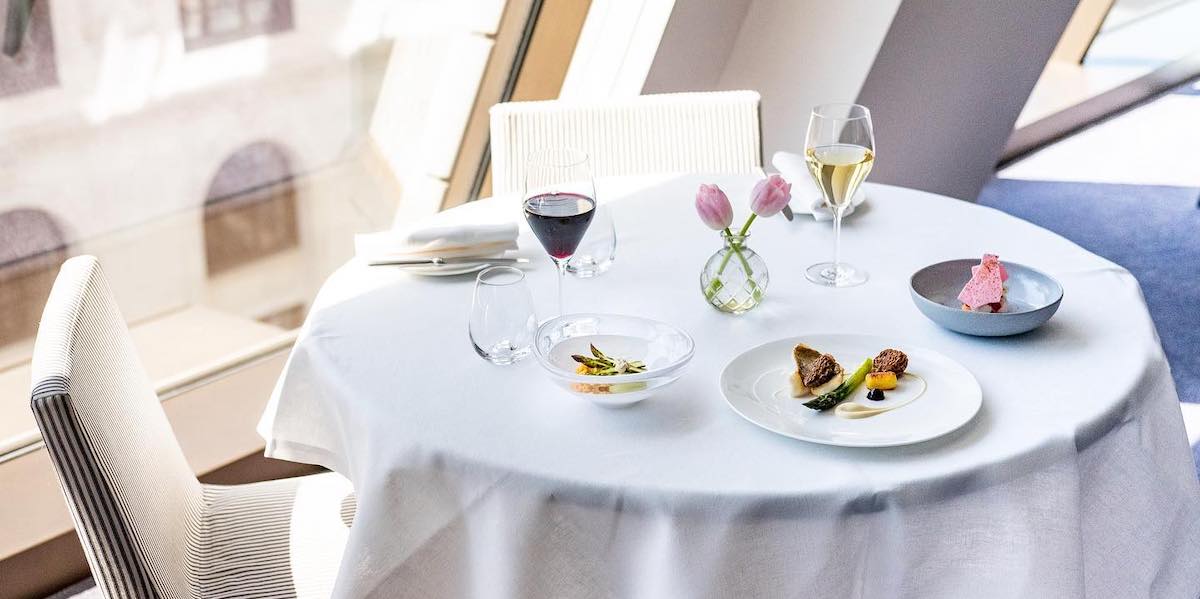Archaeologists have uncovered the remains of London’s first Roman Basilica under an office building in the heart of the City next to Leadenhall Market.
The Basilica at 85 Gracechurch Street, is described by academics as a groundbreaking discovery, and one of the most significant archaeological finds revealing the hub of political, social and commercial Roman activities over 2 millennia ago.
The location of the site has long been known, but the level of preservation of the site was a mystery. To the delight of the archaeologists, foundations of the originally two story high structure have been unveiled still standing at 10 metres up and 4 metres deep have been unveiled.
In front of it stood an open courtyard where colourful markets and public gatherings convened in manner not unfamiliar in Modern London.
The discovery of what was the heart of Tribunal is where Roman magistrates and officials made decisions that shaped the course of history laying some of the first foundations of democracy.

Sophie Jackson, Director of Development at the Museum of London Archaeology (MOLA), said: “This is one of the most exciting archaeological finds in recent years.
“It’s like finding the Speaker’s Chair and chamber of the House of Commons, 2,000 years into the future.
“The preservation of these remains is beyond our expectations, and we can’t wait to learn more.”
Ron Hertshten, CEO of Hertshten Properties, which owns the site, said: “We are thrilled to reveal this extraordinary discovery, it’s a monumental piece of history right in the heart of the Square Mile. We want people to feel what it was like to stand in the very spot where Roman officials once made their decisions. This isn’t just about connecting with history but connecting to the past right here in the city.”
The site will hopefully be open to the public in 2029-2030 and be part of a wider redevelopment plan that will include office spaces and a public heritage garden with public consultations beginning this month.
Chris Hayward, Policy Chairman of the City of London Corporation, said: “This discovery is a vital addition to our City’s rich heritage, and we’re proud to see it preserved for future generations.”
For the latest headlines from the City of London and beyond, follow City Matters on Twitter, Instagram and LinkedIn.







